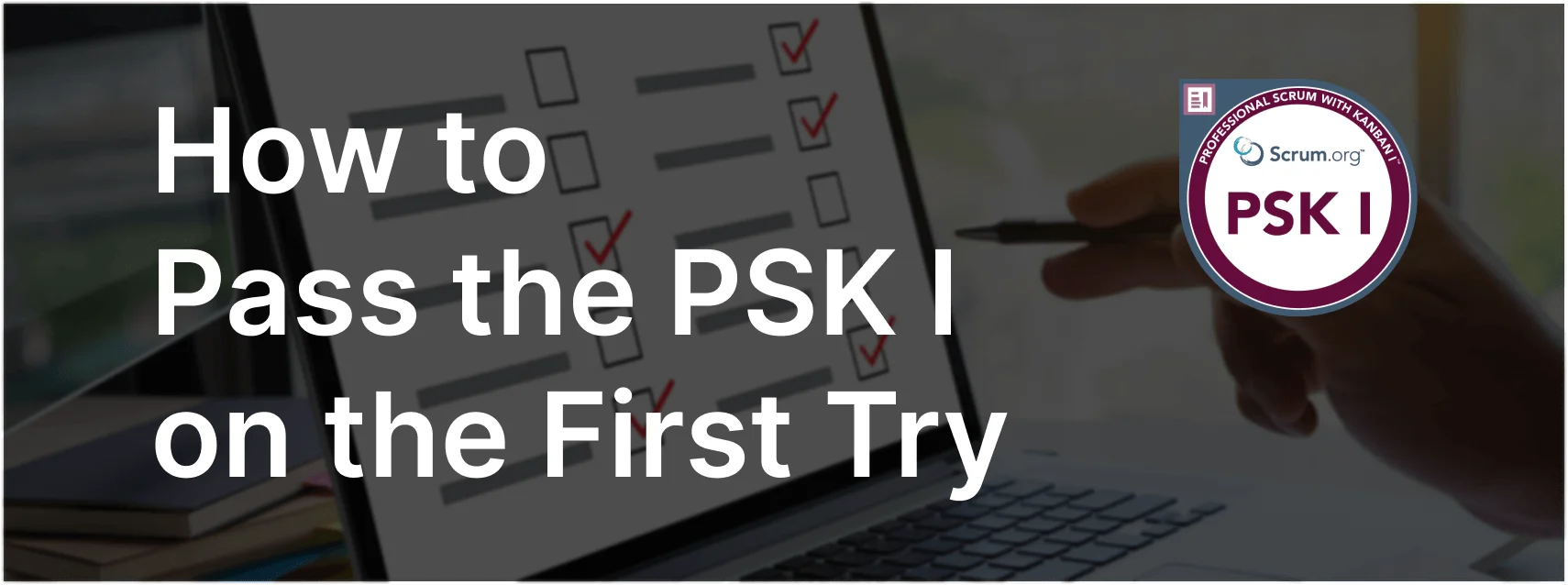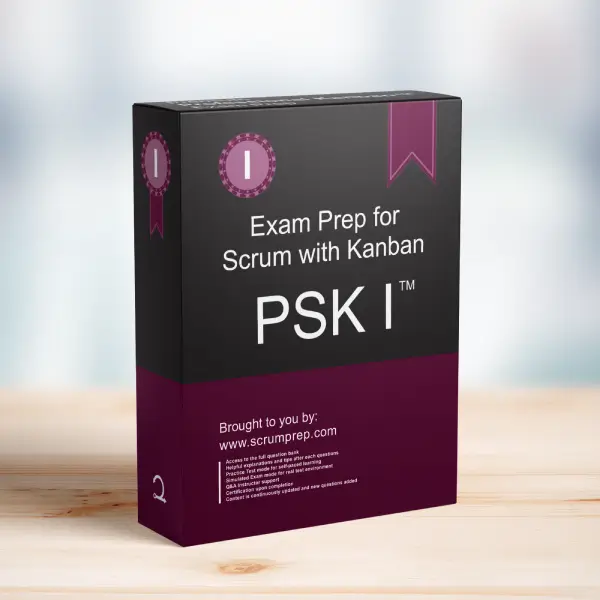Changing Work in Progress (WIP) Limits
Understanding when Work in Progress (WIP) Limits can change is crucial for managing workflow and ensuring team efficiency.
Exam Question
When can a Work in Progress (WIP) Limit change?
(choose the best answer)
A. When Product Owner decides to change it.
B. Only during Sprint Planning.
C. It never changes.
D. Only during the Daily Scrum.
E. Only during the Sprint Retrospective.
F. At any time.
Correct Answer
F. At any time.
Explanation
Correct Answer
F. At any time:
WIP Limits can be changed at any time as needed by the team. The decision to change WIP Limits is typically driven by the team’s need to optimize workflow and improve efficiency. This flexibility allows the team to adapt quickly to changing circumstances and improve their processes continuously.
Why Flexibility is Important for WIP Limits
- Continuous Improvement: Allowing WIP Limits to change at any time supports continuous improvement practices. Teams can make adjustments based on real-time observations and feedback.
- Adaptability: Teams need to be adaptable to respond to changes in workload, priorities, and unforeseen challenges. Changing WIP Limits as needed helps maintain a steady flow of work.
- Empowerment: Empowering teams to adjust WIP Limits promotes self-management and ownership of the workflow process.
Why the Other Options Are Less Effective
A. When Product Owner decides to change it:
The Product Owner is responsible for maximizing the value of the product but does not typically set or change WIP Limits. These decisions are usually made by the team collectively.
B. Only during Sprint Planning:
While Sprint Planning is a good time to review and adjust WIP Limits, restricting changes to this event alone limits the team’s ability to respond to real-time needs and improvements.
C. It never changes:
Static WIP Limits do not allow for adaptation and optimization, which can lead to inefficiencies and bottlenecks.
D. Only during the Daily Scrum:
Daily Scrum is a useful time for discussing current WIP, but changes should not be limited to this event alone. Adjustments may be needed at other times to maintain flow.
E. Only during the Sprint Retrospective:
Sprint Retrospective is a key event for reflecting on and improving processes, but waiting until this event to change WIP Limits can delay necessary adjustments.
Importance of WIP Limits
- Preventing Overload: WIP Limits help prevent teams from taking on too much work at once, reducing stress and improving focus.
- Maintaining Flow: Properly set WIP Limits ensure a steady flow of work, preventing bottlenecks and enhancing productivity.
- Encouraging Completion: By limiting the number of work items in progress, teams are encouraged to complete tasks before starting new ones.
Effective Practices for Managing WIP Limits
- Regular Review: Continuously monitor WIP Limits and adjust them as necessary based on the team’s performance and workflow.
- Team Collaboration: Discuss WIP Limits as a team to ensure everyone understands and agrees on the optimal limits.
- Flexibility: Be willing to change WIP Limits at any time to respond to new information and changing conditions.
Relevance to the PSK I Exam
Understanding when and how to change WIP Limits is crucial for the PSK I exam. It demonstrates knowledge of effective workflow management and the principles of continuous improvement in a Scrum with Kanban environment.
Key Takeaways
- WIP Limits can be changed at any time to optimize workflow and improve efficiency.
- Flexibility in changing WIP Limits supports continuous improvement and adaptability.
- Effective management of WIP Limits helps prevent overload, maintain flow, and encourage task completion.
Conclusion
WIP Limits can be changed at any time to ensure optimal workflow and continuous improvement. For more information on preparing for the PSK I exam, visit our Professional Kanban PSK I™ Exam Prep.



